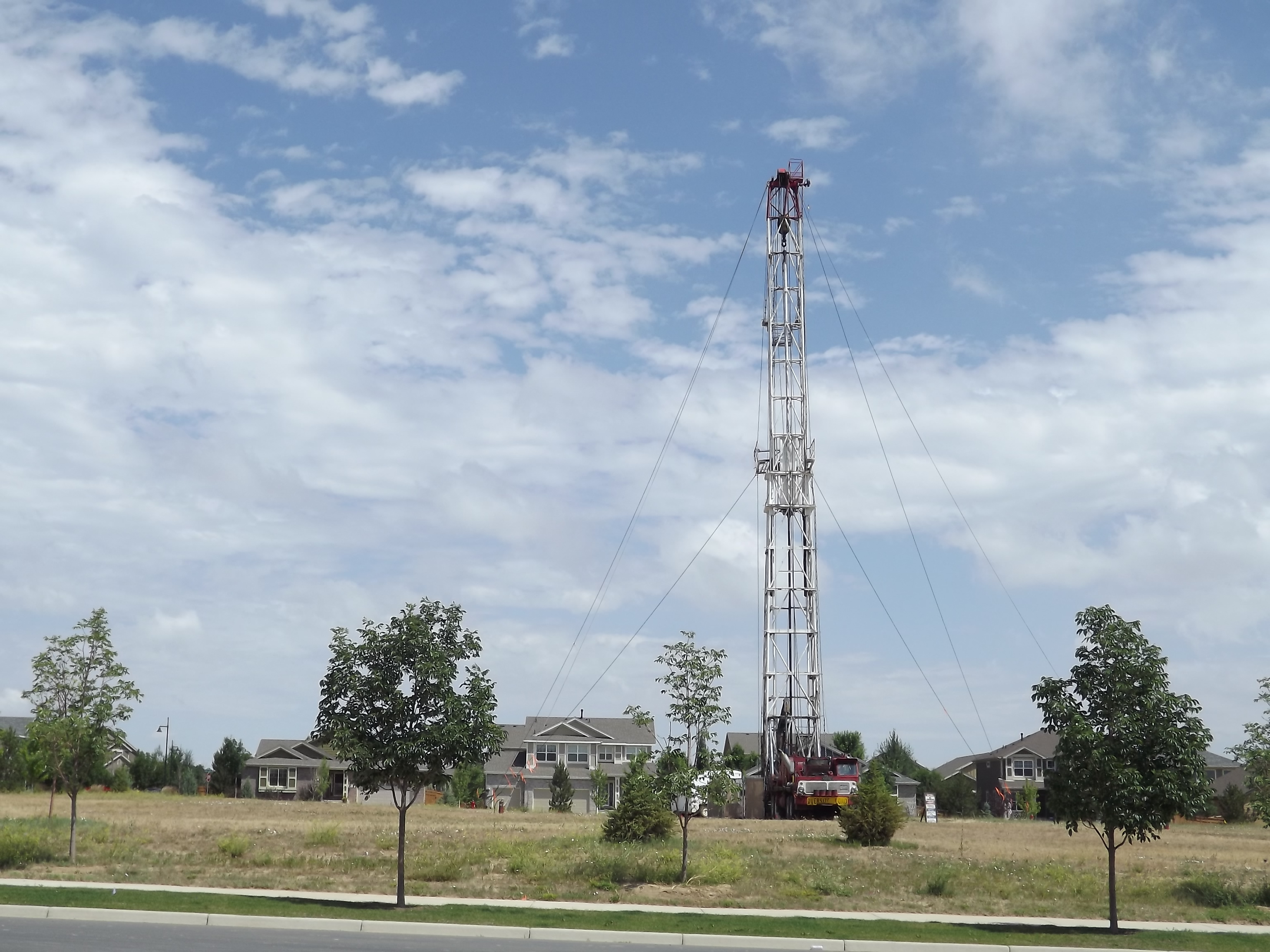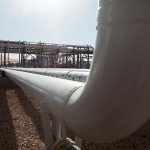The coexistence of residential living and oil and gas operations has become an increasingly significant factor as the viability of hydrocarbon development has spread across the United States. Particularly in regard to shale drilling.
Colorado, North Dakota and Wyoming have all enforced 500 foot buffer zones. Texas and Pennsylvania widely vary.
Montana, however, has no buffer zone and its residents are pushing the state’s Board of Oil and Gas Conservation to reconsider. Linda Nelson, Chairwoman of the Board, said the group will decide in August if it wants to move forward with the idea. The Board already discussed the matter in a special session that lasted nearly two hours, according to the Associated Press.
The issue of oil and gas drilling in Montana first gained legal legs earlier this year, when a bill proposing a 1,000 foot buffer zone was proposed to the Senate Natural Resources Committee. The bill did not move past that session.
 Finding the Balance
Finding the Balance
Friction between hydrocarbon development and residents has escalated in recent years as both sides have expanded, sometimes leading to an overlap. Colorado is consistently involved in such disputes. Proposals were made in the latest election to extend buffer zones to 2,000 feet, among other initiatives. The proposals were eventually dropped in favor of a 21-person task force, which finalized suggestions for the industry earlier this year.
Hydraulic fracturing bans have become more prevalent on recent ballots. Denton, Texas enforced a frac ban in November after citizens voiced their opinions of being taken advantage of by local drillers. While the ban only prohibited fracing, opponents of the measure say it amounts to an outright drilling ban. Banning fracing would make extracting the resources around Denton too costly to be economically viable, according to the Texas Tribune.
The ban was repealed last week, saying it was “within the best interest of the citizens.” Five such bans have been enforced in Colorado in recent years, and three have been repealed. One driller in Broomfield, Colorado was exempted from the ban only because they were considered to be grandfathered in.
The Oil and Gas View
 Mark Metz, a spokesperson for Oasis Petroleum (ticker: OAS), told the Associated Press that the proposed Montana buffer zone would have prevented the drilling of many existing wells. Montana had the 12th highest crude oil output among states in 2014. The state produced about 93.8 MBOPD in March 2015 – its highest amount since December 2007, according to the Energy Information Administration.
Mark Metz, a spokesperson for Oasis Petroleum (ticker: OAS), told the Associated Press that the proposed Montana buffer zone would have prevented the drilling of many existing wells. Montana had the 12th highest crude oil output among states in 2014. The state produced about 93.8 MBOPD in March 2015 – its highest amount since December 2007, according to the Energy Information Administration.
In a two-part feature series last July, Oil & Gas 360® covered the ongoing residence/operations developments in person in the Wattenberg Field of northeast Colorado. Synergy Resources (ticker: SYRG) is one of the preeminent drillers in the region and strives to be recognized as a responsible operator. The company purchased a $100,000 FLIR camera to measure emission levels before such regulations were even enforced, and is using quicker drilling techniques to lessen the drilling days even though the returns are not as prominent.
“We’re [drilling] right in the middle of the city of Greeley, and we want to get in and get out,” said Craig Rasmuson, Synergy’s Chief Operating Officer, in a conference call last year. “The automated natural gas rigs that we drill with are extremely quiet, and we’ve got the sound wall that has done a great job for us. [It’s] a 30-foot temporary wall that we had constructed by one of the service companies here. We didn’t get one complaint during our two months of drilling.”
Other residents in the region told OAG360 that companies are working with neighbors as much as possible. Encana Corp. (ticker: ECA) ceased operations on one rig in order to address noise ordinances.
Click below for OAG360’s feature stories on life in the Wattenberg Field.
Part One: Will Voters Kill Colorado’s Golden Goose?
Part Two: Will Political Firestorm Bring Wattenberg Development to a Halt?







